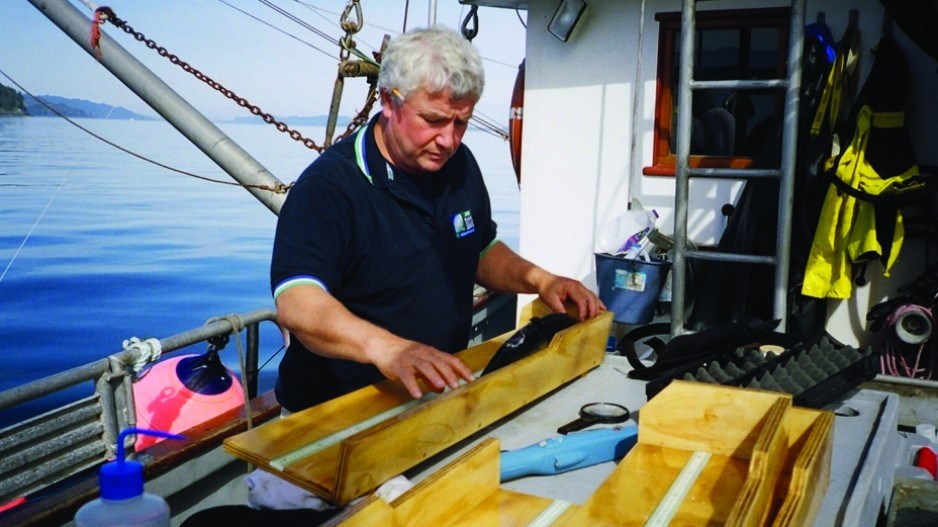Fisheries scientists who recently returned from a month-long winter expedition to the Gulf of Alaska to study salmon are still poring over what they found.
It will take months before some of their findings are published in peer-reviewed science journals. But the initial findings are surprising, said Dick Beamish, the retired fisheries scientist who put the expedition together.
During a winter survey on the Russian research vessel Professor Kaganovsky, the 21 scientists from five countries were able to make an abundance estimate of 54.5 million salmon.
There is no basis of comparison to determine how that compares with other years, since such a survey hasn’t been done before. But if it starts being carried out regularly, it could assist fisheries managers in making more accurate annual abundance estimates.
What surprised Beamish about the survey was that pink salmon were far less abundant than expected, and coho more abundant.
Pink salmon are the most abundant salmon species in the Pacific. And pinks that return in odd calendar years are generally more abundant than those in even years, so a great abundance would have been expected to be found at sea this winter.
“The pink salmon abundance was substantially less than would have been expected,” Beamish said. “Pink salmon turned out to be about 5% or 10% of the catch. So, substantially less abundant than you would expect, based on everything we know about pink salmon abundance in the North Pacific.”
That could be simply because most pinks were south of the area where the survey was done, Beamish said. In other words, they may have been in the wrong place at the wrong time if they were looking for pink salmon.
“The other explanation is that the returns this fall, from the Fraser River up to southeast Alaska, are going to be substantially less than we would expect,” Beamish said. “If it turns out that, in the fall, we see really poor pink salmon returns, then there’s a whole bunch of things that fall into place.
“Another observation which was totally unexpected was the abundance of coho salmon,” Beamish added.
He said that it has been assumed that coho tend to stick closer to shore and not go so far into the Pacific Ocean, as other salmon do.
“We did not expect to get them so far into the Gulf of Alaska, and so many of them,” Beamish said.
While some of the initial findings are tantalizing, it may be some time before scientists can draw any conclusions from the survey’s findings.




